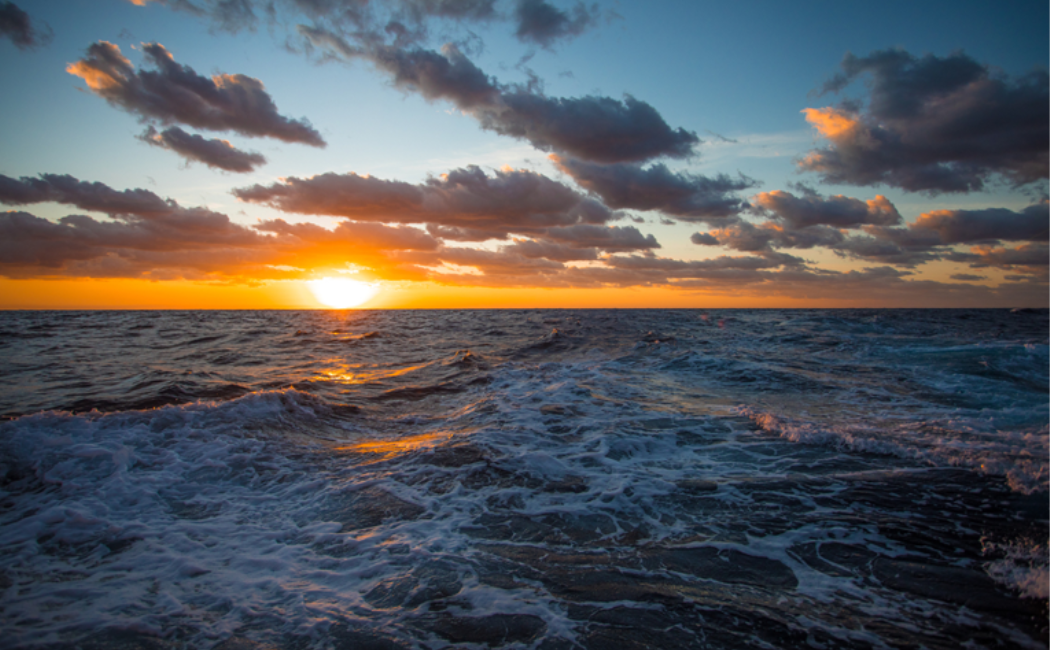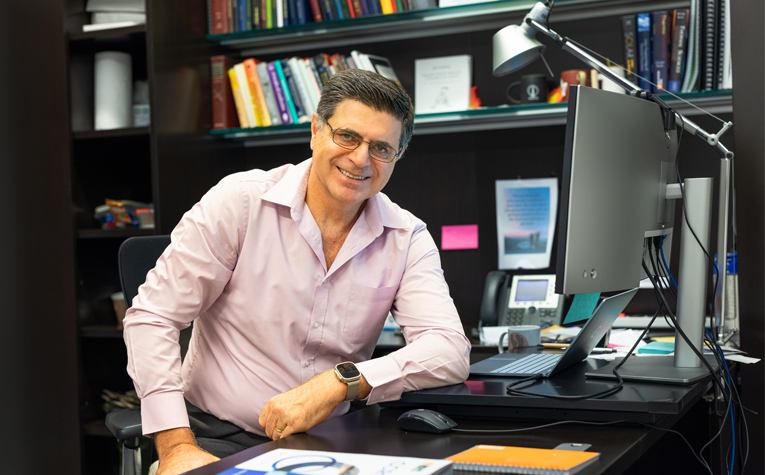

LATEST
NEWS

21 November, 2023
Not all sources of renewable energy are intermittent. A continual flow of clean power could be provided by a technology that harnesses the temperature difference between the sea’s surface and deeper waters to generate electricity. The technology could be suited to powering small Red Sea island communities, as calculated by Bassam Dally, a thermo-fluid scientist from KAUST.
Dally came upon the ocean thermal energy conversion (OTEC) concept while exploring alternative potential clean energy sources, he explains. “We were looking at the challenges of storing energy from intermittent renewables such as wind and solar when we realized that we need to broaden our focus,” Dally says. He began to explore energy sources that deliver renewable power more consistently.

Bassam Dally, a thermo-fluid scientist from KAUST, investigates the potential of ocean thermal energy conversion (OTEC) technology in the Red Sea as a way to generate electricity in small island communities. ©KAUST 2023; Anastasia Serin